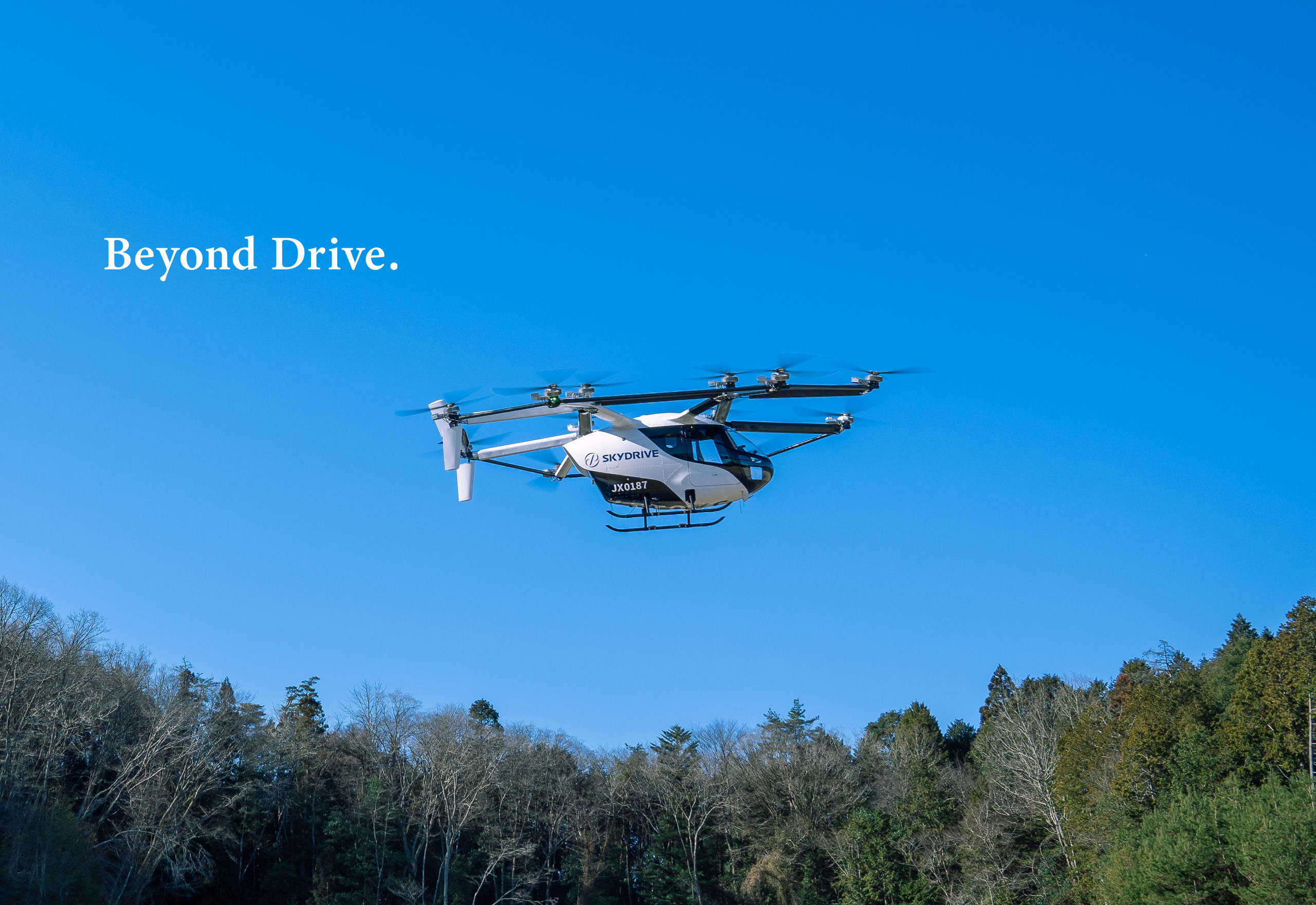I have asked this on aviation forums, but would like to hear from others.
Questions
Will quad copters replace helicopters? Much cheaper to manufacture and a lot less maintenance?
Will we have hybrid quad copters that can carry people available to the public in the near future?
How will ATC deal with autonomous drone flights, or will technology and AI take over much of ATC work?
In high traffic area's what will be the saturation point? Seems like some major airports are close to it as is.
Questions
Will quad copters replace helicopters? Much cheaper to manufacture and a lot less maintenance?
Will we have hybrid quad copters that can carry people available to the public in the near future?
How will ATC deal with autonomous drone flights, or will technology and AI take over much of ATC work?
In high traffic area's what will be the saturation point? Seems like some major airports are close to it as is.




